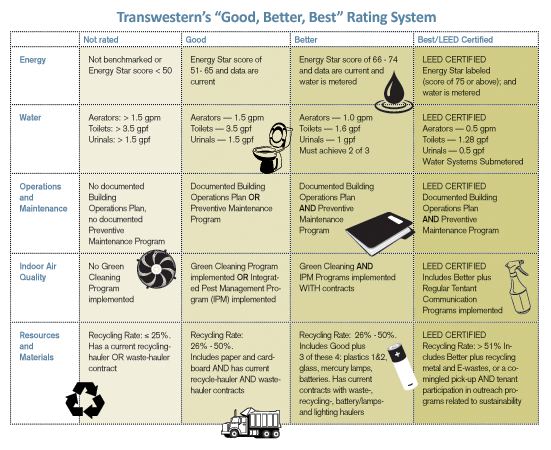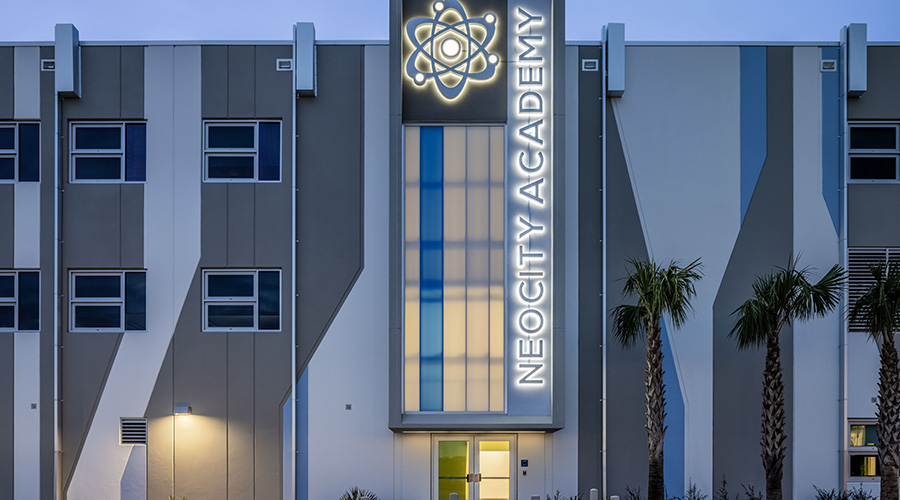Green Means Go for Transwestern's Skodowski, His Sustainability Team
Visit Allan Skodowski at Transwestern sustainability services team's new 3,500-square-foot Milwaukee headquarters, and it's easy to see how the small space is a perfect launching pad for the organization's big sustainable goals. The office is tucked into a third-floor corner of a rehabbed turn-of-the-century knitting factory. Transwestern sustainability services was one of the first tenants to build-out space in the building, a LEED for Core and Shell Silver certified facility clad in rich Cream City brick with a skeleton of striking timber columns.
Skodowski, who is senior vice president, LEED and sustainability services for Transwestern, is clearly proud of the space, which he and his 16-member team have occupied for about 18 months. Earlier this year, the bright, high-ceilinged, open-plan space earned LEED for Commercial Interiors Platinum certification.
On a sunny mid-July morning, Skodowski stands in the reception area, shows off how he can adjust the blinds with a remote control, and then spends several minutes explaining how his team selected the building and built out the space, why the LEED certification on the core and shell was a critical factor, and how his team went about managing the process of its own Platinum certification.
But beyond the "wow factor," it seems the real reason Skodowski beams as he describes the office is that it represents the confluence of several aspects of his Transwestern duties. As head of the Transwestern sustainability services team, he is the company's sustainability guru. Transwestern sustainability services helps the organization's property managers use the LEED for Existing Buildings: Operations and Maintenance (LEED-EBOM) rating system and Energy Star rating system to green their clients' buildings. But Transwestern sustainability services also acts as a sort of side business, working in a consulting role for other customers interested in help with LEED certification, Energy Star, commissioning or an energy audit. He describes this function as a "means to an end." Every dollar Transwestern sustainability services earns with its expertise in green is reinvested back into the company to build tools and fund other initiatives that benefit the company at large.
Yet another part of Skodowski's charge is "turning Transwestern green from the inside out," as he puts it. That is, he makes the space Transwestern itself leases — as strictly a third-party manager with no owned space — sustainable as well.
But this is no run-of-the-mill "walking the talk" story. It's a story about how Skodowski and Transwestern, one of the largest privately owned real estate and property management firms in the country, use sustainability as a cornerstone of an effort to standardize the practices and policies for a national organization that operates on a de-centralized, regional basis and manages more than 770 properties comprising 192 million square feet. There are two main prongs of this standardization approach. One is what Skodowski calls the "good, better, best" approach to rating the level of sustainable performance of the organization's portfolio of managed space. The other is an internal committee, of which Skodowski is a member, called the innovation and quality assurance (IQA) team. Both initiatives work toward moving Transwestern to what Skodowski says is its ultimate goal, that every building it manages meets LEED-EBOM criteria.

Click to download PDF
Related Topics:
















